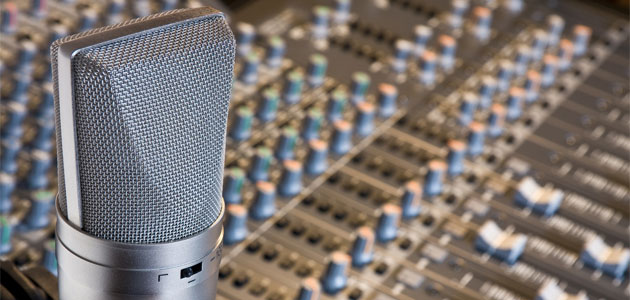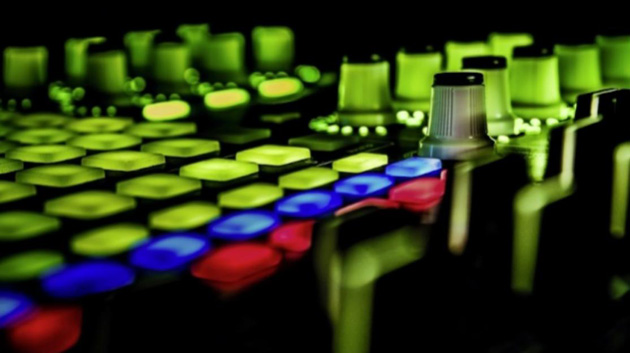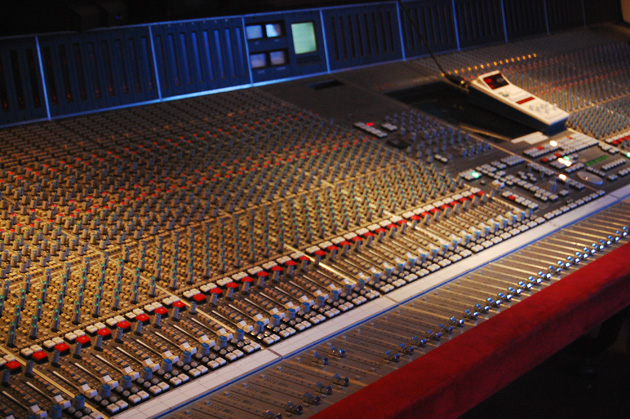All the way back when we attended the 2013 Winter Music Conference, there was a quote Secret Society’s Frank Lords said during one of the panels: “There’s nothing like the dirt in analog. I don’t think you can really pull that out of a digital plug-in.”
And to a certain extent, Lords isn’t alone with this sentiment. The digital vs. analog debate has raged on in electronic music for years, with many holding onto their old gear.
But digital vs. analog over this past summer gave way to producer vs. instrumental electronic music. Now that Daft Punk’s “Get Lucky” got a fair amount of attention, not to mention airplay, the chasm between producer-created and instrumental electronic music is more apparent: Particularly, rather than between the “new” guys and the has-beens, be it New Order or even an early ‘00s act like Ladytron, both halves have visibility through the thousands of producers out there and, in the moment, the radio play of Daft Punk, the Pet Shop Boys’ Electric, and even instrument-featuring cuts off Avicii’s interesting but wildly uneven True.
But this gap really wasn’t always this stark. More recently, I’d put together a playlist of New Order, Inner City, and Frankie Knuckles and realized just how well the sounds, from Manchester synthpop to ‘80s house to mainstream Detroit techno, blended together. You don’t have this type of fluidity when you, say, try playing “Get Lucky” with any Swedish House Mafia or David Guetta tune back to back. Even the Pet Shop Boys’ EDM-leaning Electric doesn’t really gel well with the latest EDM hits.

So, why is it that electronic music really has two sides – the musicians and the producers?
It Wasn’t Always Like This
While techno and house originated in the U.S., one of dance’s key cultural hubs – the Hacienda – had a certain degree of fluidity between instrumental music and DJing. While the design and culture were based on the New York club scene of the early ‘80s, New Order both funded and performed at the club. From here, club DJ Greg Wilson described, the scene had this transitional period:
The late ‘80s brought the DJ to the Hacienda, along with all-night parties. The club’s scene, and music to a lesser extent, is still memorable enough to warrant the occasional compilation series. Execution and Perception Nevertheless, no matter if you’re talking about the immense amount of gear New Order used to use in concert or a turntable setup a DJ would’ve used at the time, there was a certain physicality connecting it all. That’s partially what Lords was talking about at WMC 2013. Equally, though, DoAndroidsDance.com brought up earlier this year is the absence of vinyl in DJing removes the user from the music. And, while DJing is a separate artform from producing, the two go hand-in-hand in the present. Producer Jon Musgrave spoke about this accessibility and how it keeps the producer at a distance from the music in a July 2013 interview with MusicRadar.com: “It’s all about balance. Over-reliance on the latest plugin, effect or sample set will certainly pigeonhole your sound, as it always has. But a bit like in fashion, certain instruments, effects and sounds become timeless while others don’t. That’s not limited to real instruments.” Although there’s a small niche of instrumental EDM acts, like District 13, the perceived skill level essentially makes “instrumental” more highbrow. As much as producers and the genre’s fans can decree that EDM is actual music and takes skill, an artist or group that actually performs on stage, rather than cuing up a laptop, ends up with musician cred. Even if all a synth player is doing is activating samples from a keyboard, there are actions that correlate with sounds. As much as EDM has grown in recent years, an “authentic” concert experience, as opposed to the whole dancing-with-molly perception, comes from live musicians. On the other hand, while Random Access Memories reinvented Daft Punk as EDM’s instrumental saviors (are no fans old enough to remember this duo sampling for a good deal of their career?) and the Pet Shop Boys appear youthful but legit for adopting EDM while still using keyboards and actual sessions musicians, not all instrumental electronic music warrants this elevated status. Late ‘00s synthpop acts like La Roux and Frankmusik appear like flash-in-the-pan fluff that never reached their full potential, while 3OH!3 needs to be forgotten. What Daft Punk and the Pet Shop Boys, and Avicii to a lesser extent, are doing is mending a bridge that disintegrated at some point during the ‘90s and ‘00s. “It’s an interesting move, but these things tend to go in cycles,” Musgrave said in his MusicRadar.com interview. “Daft Punk are renowned for heavily processing samples from other people’s tracks, and that means a long process of sourcing and clearance. Anyone who is used to working in this way will find the immediacy of working with musicians very liberating.” So, what’s your take? Do you think instrumental electronic music is finally making a mainstream comeback? “
“ If a laptop and controller diminish the DJ’s role and take him away from the actual music, software and plug-ins have the same effect on music-making. While the “dirt” of analog gets figuratively scrubbed out, the effort of getting to know your synthesizer, drum machine, or other electronic device no longer becomes necessary when decent sounds are just at your fingertips.
If a laptop and controller diminish the DJ’s role and take him away from the actual music, software and plug-ins have the same effect on music-making. While the “dirt” of analog gets figuratively scrubbed out, the effort of getting to know your synthesizer, drum machine, or other electronic device no longer becomes necessary when decent sounds are just at your fingertips. But producer-created electronic music isn’t always an inferior product, either. On a mainstream level, Avicii’s Adam Lambert and Nile Rodger’s collaboration “Lay Me Down,” for instance looks like the disco revival track to surpass Daft Punk’s languid summer effort. Outside of dance music, former Depeche Mode member Alan Wilder drew his samples from session musicians, only to cut up and distort them, while making 2007’s Subhuman under his Recoil moniker.
But producer-created electronic music isn’t always an inferior product, either. On a mainstream level, Avicii’s Adam Lambert and Nile Rodger’s collaboration “Lay Me Down,” for instance looks like the disco revival track to surpass Daft Punk’s languid summer effort. Outside of dance music, former Depeche Mode member Alan Wilder drew his samples from session musicians, only to cut up and distort them, while making 2007’s Subhuman under his Recoil moniker.



